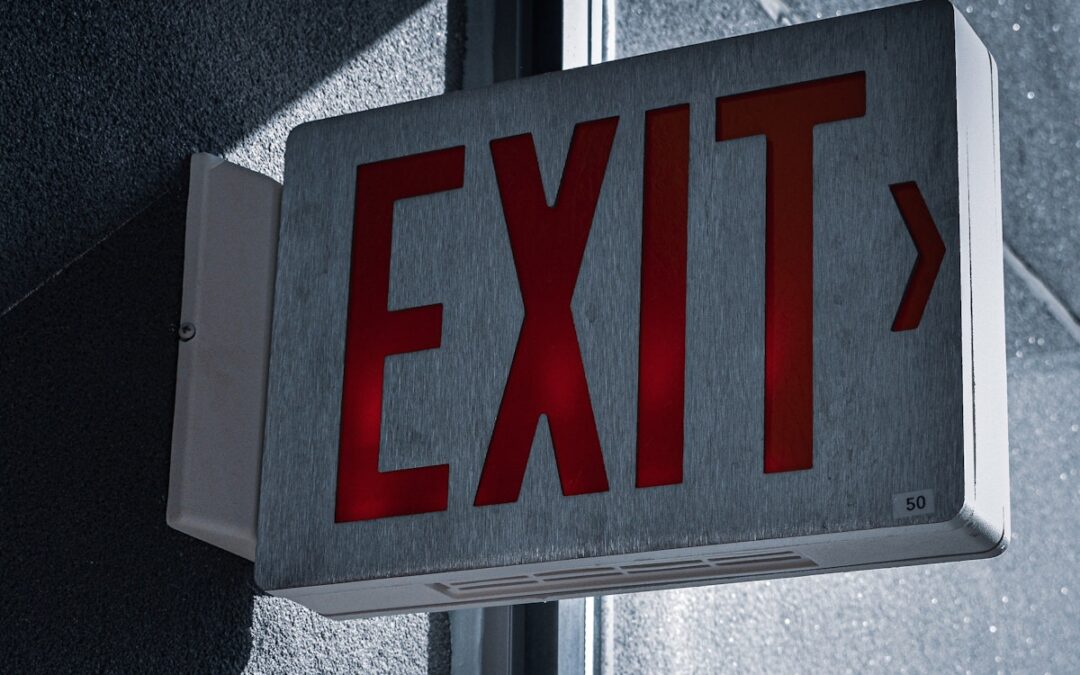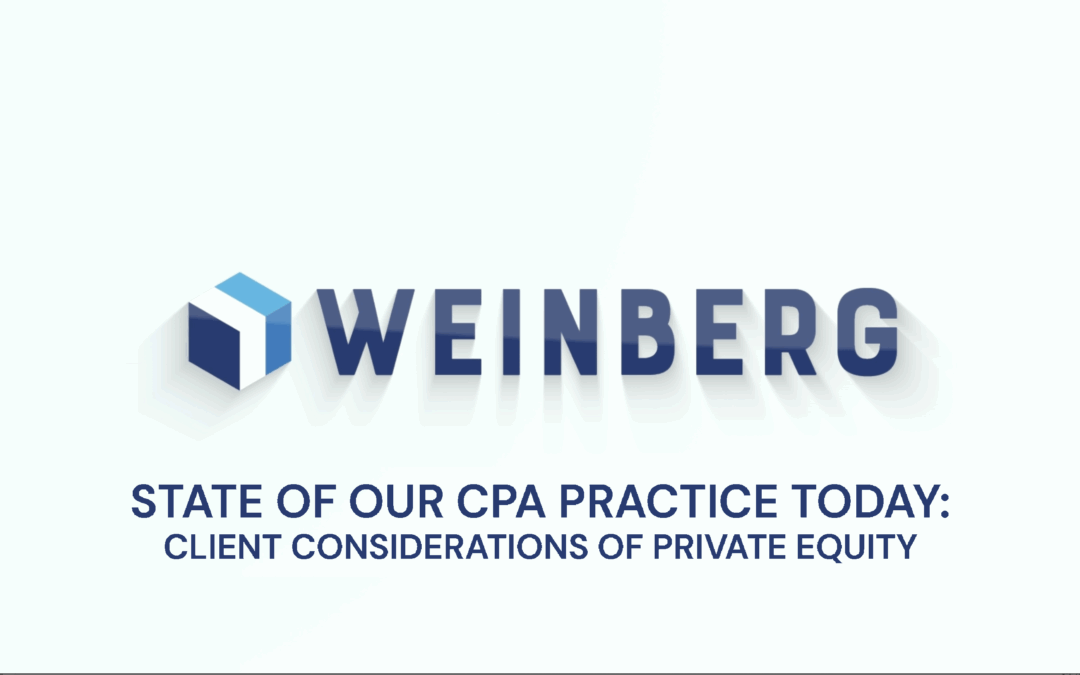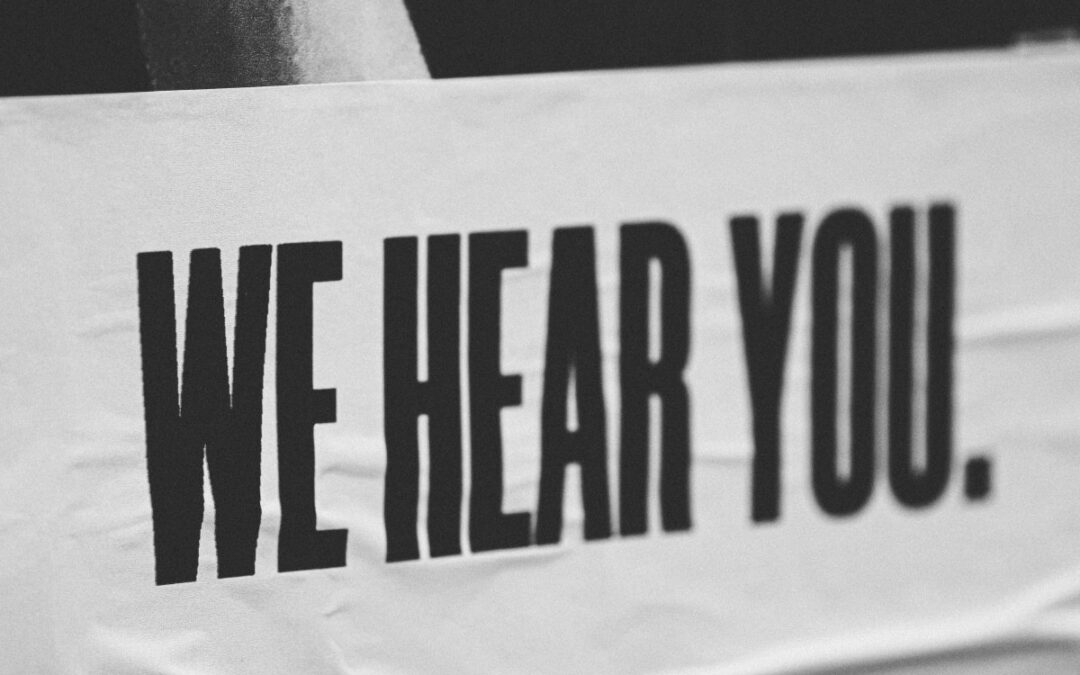
Could Your Business Survive Without You?
Would your business still thrive, or would it suffer a catastrophic failure if you suddenly stepped away?
It’s tough to remove yourself from the day-to-day operations when you’re passionate and busy. However sudden accidents, illnesses, or family emergencies can – and will – happen and you need to be able to step back knowing your systems are robust enough to cope.
Build in resilience
For your business to work for you, you need to make yourself replaceable. Large corporations have plans in place to mitigate what’s known as ‘Key Person Risk’. But when you run a small entrepreneurial venture, who is the backup?
The more you can train and empower your team to perform the business’s essential daily functions without micromanagement, the closer you’ll be able to enjoy a lifestyle business.
Establish repeatable and scalable support infrastructure to run the daily operations and create a great team that you can lean on. Your staff need a common purpose – knowing why what they’re doing matters – as well as clear expectations around their roles. By creating a suitable work environment, where employees both individually and as a team are more efficient and likely to enjoy what they do, you’ll breathe easier knowing they have your back (and your business) in an emergency.
Finally, it’s important to know what the business looks like without you. An exit strategy is often thought of as the way to end a business — which it can be — but in best practice, it’s a plan that moves a business toward long-term goals and allows a smooth transition to a new phase. That may involve re-imagining business direction or leadership, keeping financially sustainable, or pivoting for challenges.
A fully formed exit strategy takes all business stakeholders, finances and operations into account and details all actions necessary to sell or close. Strong plans recognize the true value of a business and provide a foundation for future goals and new directions.
Top Tips:
- No one is irreplaceable – Challenge yourself to step away for a week. Which systems fall over? Which procedures get left hanging? Which duties get ignored? Go cold turkey as a test case for the time you may have to leave your business in the hands of others.
- Embrace innovation – Get systems that are simple, streamlined, effective and can be used by multiple key team members. Make sure anyone can log in and see exactly what’s needed for what reason at any time.
- Recognize the value you’re creating – A business that doesn’t rely on its owner is worth a lot more when the time comes to sell or pass the reins to someone else.
Talk to our team about structuring your business to make it more reliable.
The following content was originally published by BOMA. We have updated some of this article for our readers.




